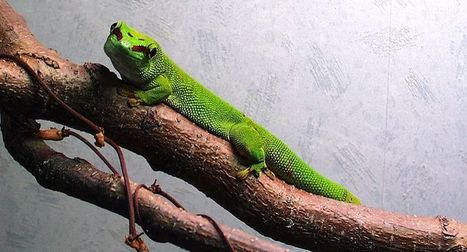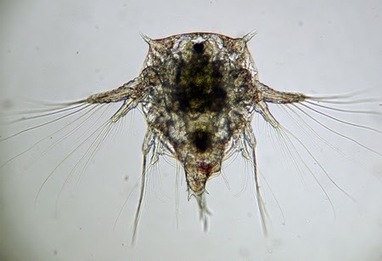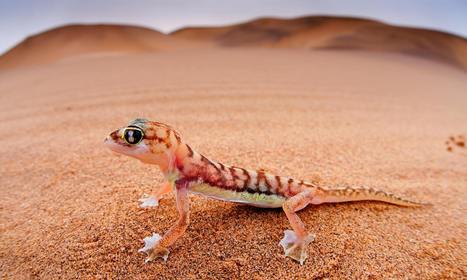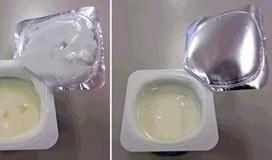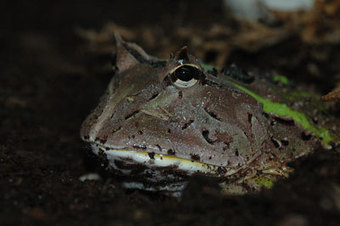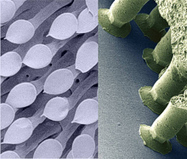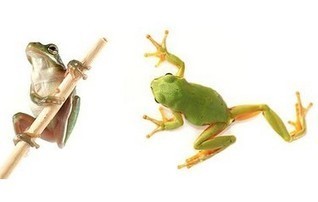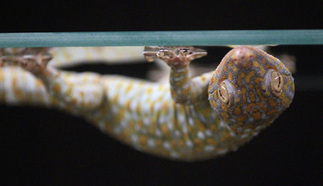A team of researchers from China and the U.S. has created a robot that is able to mimic a remora fish by adhering quickly and strongly to underwater objects.
Get Started for FREE
Sign up with Facebook Sign up with X
I don't have a Facebook or a X account
 Your new post is loading... Your new post is loading...
 Your new post is loading... Your new post is loading...
Sam McCormick's curator insight,
March 20, 2013 8:55 AM
This article provides a number of examples of biomimetics informing medical technology. While not all are directly related to robotics, some do offer exciting possibilities including adhesive that sticks in wet conditions (for post implantation modifications or adhesion to internal anatomical structures) and a biodegradable chip that dissolves safely into the blood stream.
|
Sam McCormick's curator insight,
March 20, 2013 9:01 AM
This article invesigates biomimetics, 3D printing and the prospect of better grip for robotic hands. As control over the suckers improves, the way could be opened for less rigid gripping digits. This may overcome some of the challenges associated with robots gripping unknown and irregularly shaped objects. |







